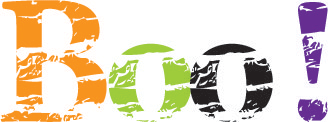
The Cat Who Went to Paris, Bookcover
CMYK, 2006
This is my inspirational adult bookcover. I found the design very intriguing. It seems so simple at first glance but then the details start popping out. The design has an anologous color harmony. Unity is created by proximity of elements and by repetition of the colors and pattern throughout the cover. The focal point is the cat which seems to just be coming into the picture. Emphasis is established by contrast in placement with the unlikeliness of a cat tightrope-walking to the top of the Eiffel Tower. Asymmetrical balance is accomplished by position with the cat offsetting the tower. Rhythm is established with the lines in the Eiffel Tower and also with the flow of the vines seen in the wallpaper background. Depth is by perspective with the ropes and the tower pulling your viewpoint up to the top of the tower to the vanishing point.


































